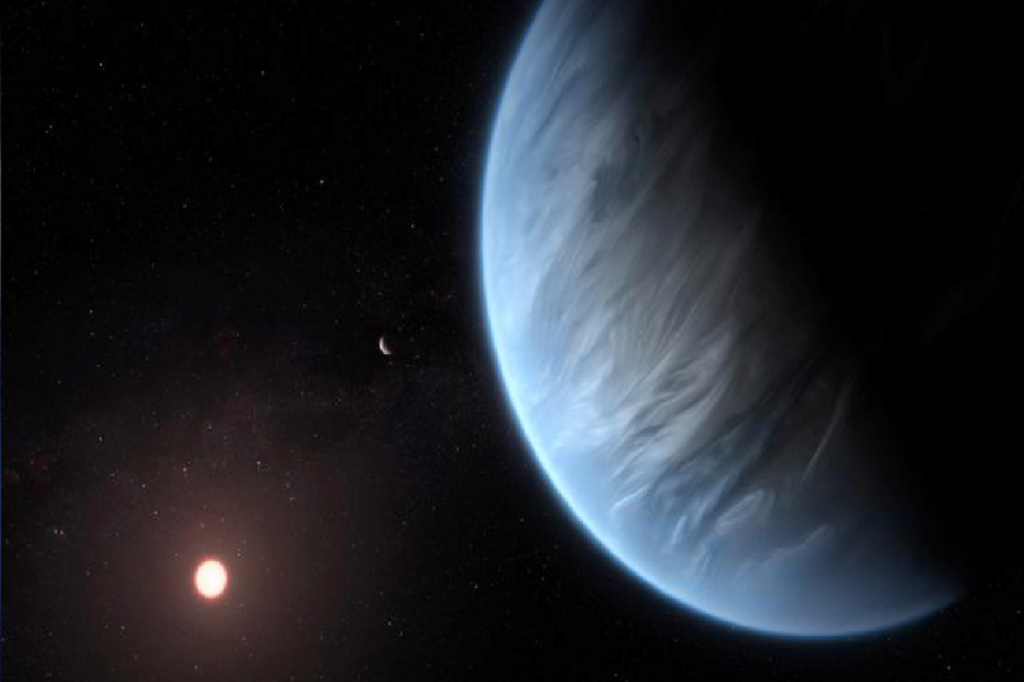The discovery of a new solar system suitable for hosting alien life forms
It consists of two planets orbiting a small, supercooled star

The discovery of a new solar system suitable for hosting alien life forms (Reuters)
Astronomers have discovered a new planetary system consisting of two distant alien worlds that may be home to alien life forms.
The two planets orbit a small, cool star called LP 890-9. The star ranks second in terms of its supercoolness among the bunch of stars that have been found to host planets, preceded by the equally interesting TRAPPIST-1 (7-planet supercooled dwarf star).

One of the planets in the system is known as LP 890-9b, and it is only 30 percent larger than Earth . It is so close to the cool star that a year [the time it takes for a planet or asteroid to complete a full orbit around its star] takes only 2.7 days.
The newly discovered system also has another completely unknown planet called LP 890-9c. The planet is about the same size as its first counterpart - 40 percent larger than Earth - but its orbital year is longer, taking 8.5 days to make its way around the star.
In their new research, the scientists used ground-based telescopes called Speculoos ("Search for habitable Planets EClipsing ULtra-cOOl Stars"). Ultra-cool stars like LB 890-9b require this kind of follow-up observation, because space telescopes can find it hard to spot.
Scientists have embarked on new observations in hopes of confirming the existence of the first planet, which was first spotted as a possible world by NASA's Transiting Exoplanet Survey Satellite, which searches for planets outside our solar system, but Observations also found the second planet.
The second planet is in the star's "habitable zone," which means it's neither too hot nor too cold for alien life.
Turning to the discovery, Professor of Extrasolar Planetology at the University of Birmingham, leader of the "Speculus" working group that identified the observations that resulted in finding the second planet within the Amauri Triode system, he said that the concept of "habitable zone" refers to a planet containing Similar geological and atmospheric conditions to Earth, its surface temperature allows water to remain liquid for billions of years.
"This gives us permission to carry out further observations in order to determine whether the planet has an atmosphere, and if so, to study its content and assess its suitability for" alien life forms, "added Professor Treaud.
Source: websites

